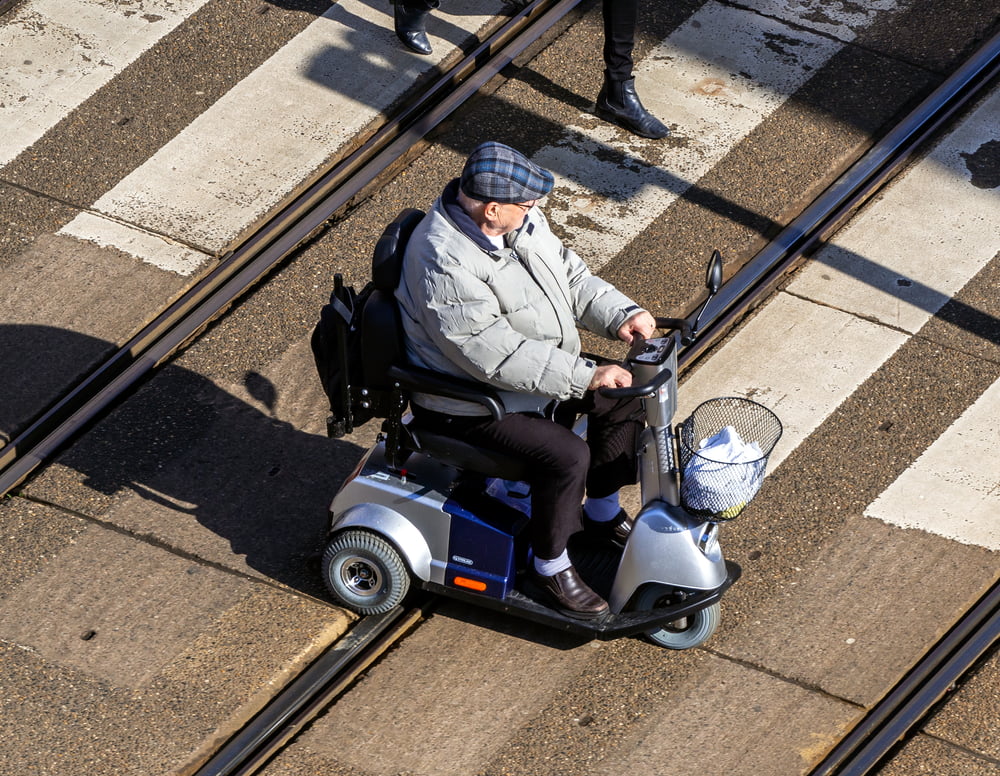With approximately half a million mobility scooters in the Netherlands and a growing aging population, this issue is not only urgent, but also growing.
Safety regulations in taxi transport in the Netherlands form an invisible barrier for mobility scooter users. According to current regulations, supported by the Safe Transport of Wheelchair Occupants protocol of Social Fund Mobility, passengers must leave their mobility scooter to get into the taxi. However, this guideline, intended to prevent accidents such as accidentally falling backwards from a lift, creates an insurmountable hurdle for many who rely on their mobility scooter.
The impact of these regulations is painfully clear Broadcasting Max in the story of Ed van Scheijndel, 82 years old and with difficulty walking due to a congenital defect. In December 2022, Mr Scheijndel wanted to go to his 55th wedding anniversary lunch with Regiotax, but was left behind because he was physically unable to leave the mobility scooter. A similar incident occurred when he tried to attend a friend's cremation.
According to the program, it is striking that electric wheelchair users do not fall under these strict rules and are allowed to remain in their wheelchair during taxi rides. This discrepancy in the treatment of different aids raises questions about equality and accessibility in public transport, the broadcaster said.

For safety reasons, the mobility scooter user must dismount outside the vehicle and - with some assistance - enter the vehicle via the regular entrance in order to transfer to a seat.
With approximately half a million mobility scooters in the Netherlands and a growing aging population, this issue is not only urgent, but also growing. Caroll Sastro of Platform Gehandicapten, who is committed to the accessibility and equality of people with disabilities, shares her concern about this development. She will be a guest of Elles de Bruin in the broadcast of Meldpunt on NPO 2, where the problems surrounding taxi transport for mobility scooter users are further investigated.
Code VVR
The VVR Code is a guideline for the safe transport of wheelchair occupants. In the interests of travelers, drivers of wheelchair vehicles and the organizations within which they are active, the Code describes the (legal) rules that must be complied with. This updated version was created under the responsibility of the 'Platform Code VVR', consisting of TX-keur, employee organizations FNV and CNV, Royal Dutch Transport and the trade association for rehabilitation and mobility aids Firevaned. The update took place within the Code VVR working group, which involved collaboration with the umbrella organization of disability and patient organizations Elke(In) and the elderly organization KBO-PCOB, as well as the Human Environment and Transport Inspectorate (ILT). Social Fund Mobility fulfills the role of secretariat of the platform and the VVR Code working group.
The Meldpunt broadcast can be seen on Friday, December 1 at 19:50 PM on MAX on NPO 2.



